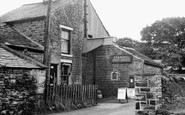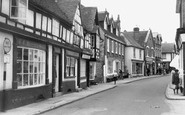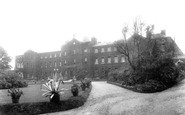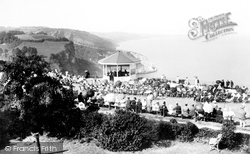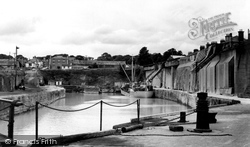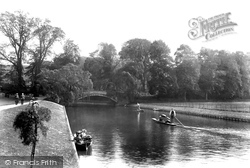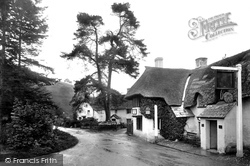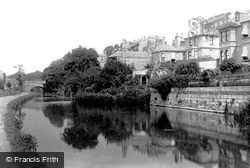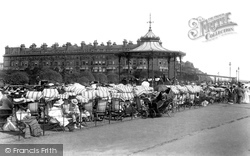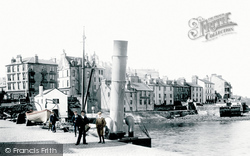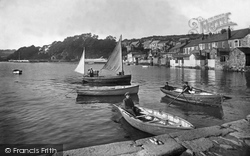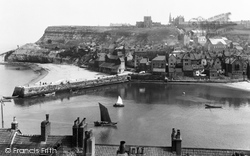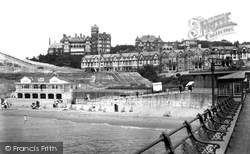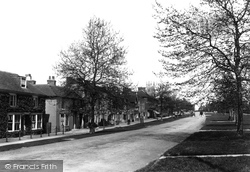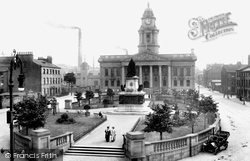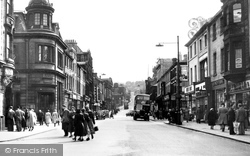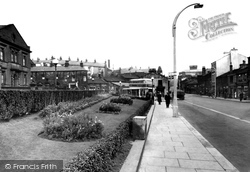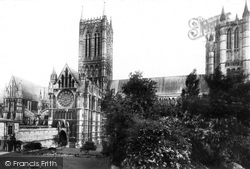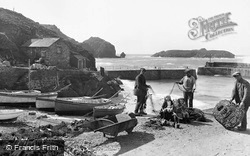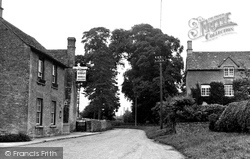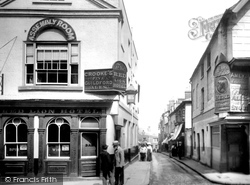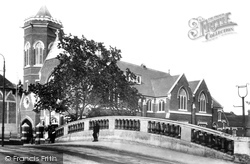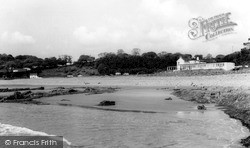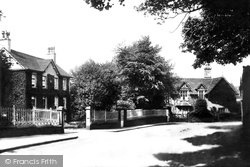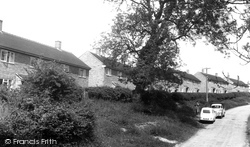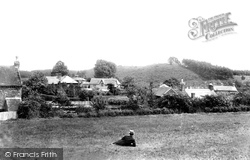Places
3 places found.
Those places high-lighted have photos. All locations may have maps, books and memories.
Photos
68 photos found. Showing results 1,441 to 68.
Maps
12 maps found.
Books
15 books found. Showing results 1,729 to 15.
Memories
7,563 memories found. Showing results 721 to 730.
Newcastle University
I attended the University from 1970 - 1973 studying Surveying and Mathematics with Messrs Carmody and Newton. I lived in Havelock Hall for two years, and was involved with the JRC committee that ran the social side ...Read more
A memory of Newcastle upon Tyne in 1970 by
Newtonheath Loco Football Ccub
I remember sneaking into the match by going past the lodging house on Warden Lane and going by the railwayside and through a hole in the fence that the railway men had made so that they could ...Read more
A memory of Newton in 1950 by
Alan & Hilda
Alan and Hilda Slater were my Uncle and Aunty and lived at the post office for many years and were quite possibly the funniest people I ever knew. Stanhill Post Office is reputedly haunted and Uncle Alan took every opportunity to use ...Read more
A memory of Stanhill by
Ratfyn Power Station
In the 1950s I was in the Royal Engineers and came over from Germany to our school of military engineering at Chatham where we did a course in electrical power stations. We were then posted to Bulford barracks, and did our ...Read more
A memory of Bulford in 1954 by
Remembering Byfleet
I was born in Byfleet in 1950. We lived in Binfield Road. Later I moved to the hotel that was built where the village green is now. My mother Beatrice Stenning was the housekeeper, cook, maid and everything in between. My dad ...Read more
A memory of Byfleet by
The Long Family Hindringham
I have been researching my family history and have traced the family tree back to Robert Long, born in Hindringham in 1798. I would be interested to hear from anyone who has been carrying out genealogical research into the same family. David Long.
A memory of Hindringham by
Fleur De Lys
My mother grew up in Lowsonford, her parents owned the Fleur de Lys, it was a wedding present from my great-grandad. My grandmother, Mrs Elizabeth Tarplee, started to make steak pies at the pub for the passing boats. My mother had ...Read more
A memory of Lowsonford in 1920 by
West Street Shops
Shops on West Street in the 1960s were left to right: Merritts the butcher next door to Blackiston the butcher, famous for the specialty sausages, also had its own slaughterhouse and in the back garden an Anderson shelter used ...Read more
A memory of Midhurst in 1960 by
12 Glebe Avenue Kolordek
This picture is just too small to see if my parents' shop - Kolordek - is illustrated in the row. We moved away around 66/67. Vaiseys had the grocers next door - I was friends with their daughter, and the grocer's next to ...Read more
A memory of Ickenham in 1962 by
Fond Memories
I remember St Faith's hospital very well. I was the Head Porter there for a number of years until it was closed down. I met my wife there. She was a catering assistant. We were engaged with two other couples in the social club.That ...Read more
A memory of Brentwood in 1985 by
Captions
2,501 captions found. Showing results 1,729 to 1,752.
A popular clifftop band concert at Babbacombe. Once a small village, Babbacombe has long been subsumed into Torquay and struggles to keep its own identity.
The new outside market stalls which stretch along the Peel Street side and the back of the Market Hall were built in 2003 to replace the concrete umbrella market, which was demolished in 2002.
Looking up the harbour, we can see a small Dutch coaster loading china clay at two chutes. Such motor ships were common around the Cornish coast from between the wars until the 1970s.
The Backs, which are the lawns, meadows and gardens behind the colleges which back on to the River Cam, are a favourite place for recreation.
Originally a 13th-century farm, the building became a halt for packhorse trains carrying wool across the hills.
The Kennet and Avon Canal, authorised by Act of Parliament in 1794 and opened in 1810, linked Bristol with London, cutting a canal from the Avon in Bath to the Kennet, which was then canalised to the Thames
The Leas bandstand was built in 1885. A large crowd has gathered to hear the band, including the lady in the invalid carriage in the centre of the photograph.
This view shows the backs of buildings along Kempock Street. Kempock Place is just in view on the extreme left of the picture.
The small boy in the sternsheets of the boat being rowed by the white-bearded man in the peaked cap seems singularly unimpressed by photography, unlike the youth in the stern of the rowboat
On the extreme left we can just see the so-called Spa ladder, leading to the East Pier. On the right side we can see the back of the Cholmley School, which was endowed by Lady Cholmley in 1869.
With the turret of the Chine Hotel, which served as a landmark for Channel shipping, prominent in the back- ground, the elegant row of Victorian houses along Undercliffe Road bears tribute to the enduring
This was the year that Coca Cola arrived in Kent and an outbreak of typhoid fever terrified local families. At this time the Headcorn to Tenterden railway line was opened.
At the centre of Dalton Square stands a bronze statue of Queen Victoria guarded by four lions, given to the city by Lord Ashton. He also donated the new Town Hall, which stands at the back.
The ornamental floral beds that here border St James' Street have now been removed, but buses still use the area as their terminus.
The ornamental floral beds that here border St James' Street have now been removed, but buses still use the area as their terminus.
This view from an upper window across Eastgate shows the north side of the minster with the back wall of the cloisters on the left.
Small inshore fishing boats are drawn up at the back of the harbour, where two jetties were built in the 1890s to provide shelter and encourage this local industry.
Very much a village pub, the Swan has a beer garden at the back to cater for the local populace, who number around 500, and visitors who come this way to walk round this quiet spot.
Most of Market Street was taken up by the now demolished Red Lion.
Photographed in the year it was built, this church had seating for 800 people, and a commodious schoolroom at the back.
This settlement probably got its name from Andrew Wysmon, a tenant knight at the time of Edward II's reign.
At the bottom of the street is the bridge over the River Bollin and the Manor house.
At about this time, Rutland villages began to acquire small housing estates, usually on the edges. At first they were council houses, and later private developers came in.
In this view from the west, the man in the straw boater looks past the school with its attached hipped-roofed master's house to Lea Hill, now known as Fittleworth Common.
Places (3)
Photos (68)
Memories (7563)
Books (15)
Maps (12)

